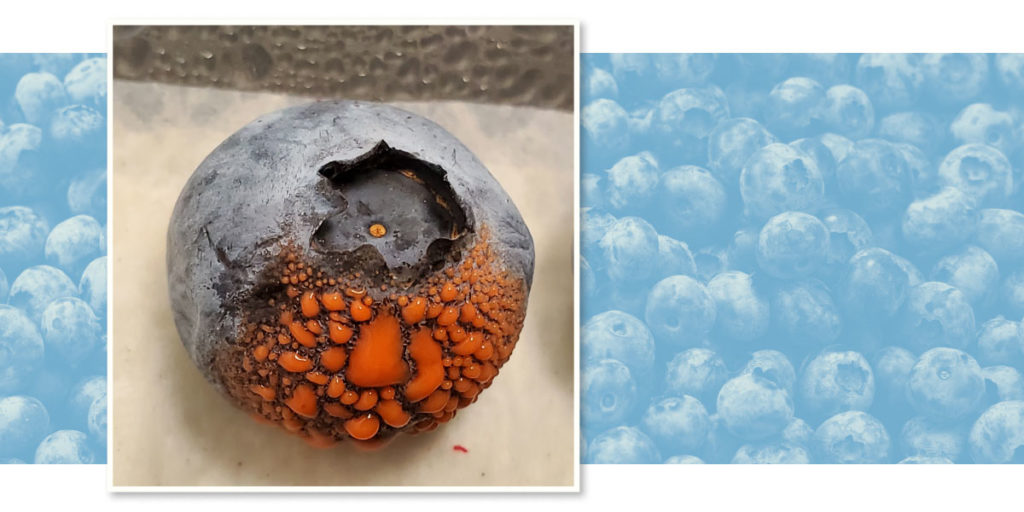Clemson Extension agents provide updates in The South Carolina Grower this week about the status of various crops being produced throughout the state.
Weekly Field Update

Photo by A. Gama, University of Florida
Coastal Region

Zack Snipes reports, “It seems like everything happened all of a sudden this week. We are flushed with strawberries right now. I am seeing some anthracnose on berries as well as lots of spider mites. We only have a few weeks left in the season so take care of your crop to improve your bottom line. The tomato crop looks okay, and for the most part, disease-free. I saw a good number of issues on all types of squash this week. I received calls about yellowing and wilting squash. Upon further examination, we had a serious squash bug issue. They feed on the base of the plant and will make very healthy plants wilt. They are very good at hiding under the stems, in debris, or under the plastic. Stay still in one spot for a few minutes when scouting for them. I also found some powdery mildew on our squash.”
Midlands

Justin Ballew reports, “The warm weather we had last week has made plants jump. Brassicas have grown a lot in the last week and some of the earliest planted cucurbit crops now have little fruit developing. According to our weather station in Lexington, we got 0.32 inches of rain over the weekend. There is a good chance for more rain in the forecast this week, so stay with your disease management programs.”
Pee Dee

Bruce McLean reports, “The latest problem that we have had to deal with around the Pee Dee is cyclamen mites in strawberries. Some growers have noticed poor vegetative growth and poor fruit sizing this spring. Upon inspection (under the microscope), cyclamen mites were found in very high populations. Pest thresholds are only one mite in every 10 leaves or flowers; 50 times that has been observed. This pest can be devastating to a crop of strawberries, limiting yield and quality… but is a pest that is usually thought of as being a “seldom” pest. High populations of mites indicate that they likely were present on the plants from the nursery, considering that lengths of time are needed to build these populations. Management as a preplant drench or an at-planting insecticide/miticide application may be necessary. Management in season is the use of a labeled miticide applied with a high rate of water. One grower made the comment that after an application his berries had an “off taste” due to the application. This is one pest that needs to be on everyone’s radar. Blueberries are starting to show cold injury in the ripening fruit. Fruit that was able to develop after the March freeze and did not shed off are showing some of this injury. Frost rings (on the calyx end) are pretty common. But there are some fruit that are developing “one-side.” When you cut into the fruit, it shows brown “corky” tissue just under the skin and around where the seed should be. This is problematic because of the likelihood of this damaged fruit getting into the clamshell. Unfortunately, we have to deal with this kind of damage ever so often. Later fruit should not have this damage.”










